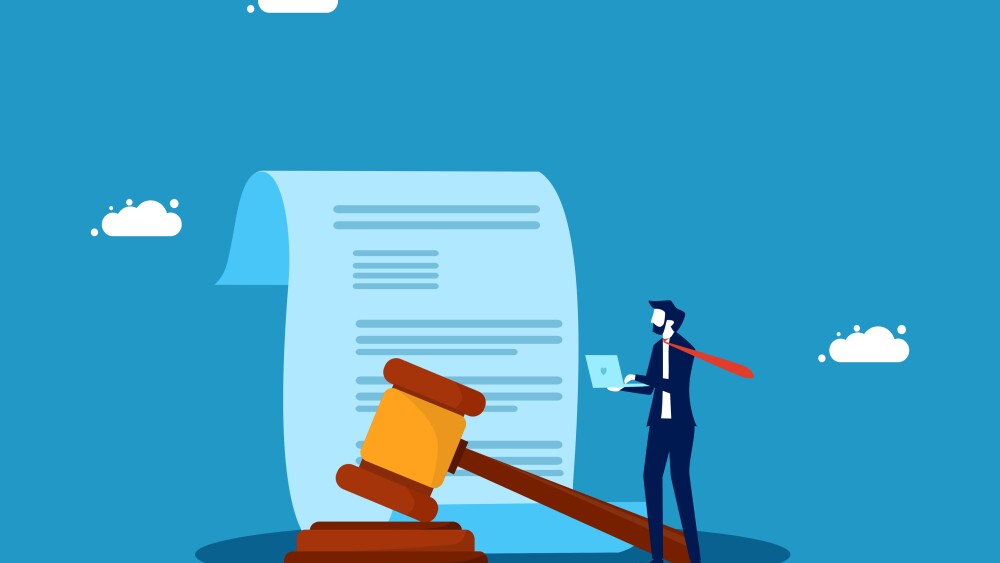By merging with New Haven’s SPAC Thimble Point Acquisition Corp., Pear will be valued at $1.6 billion.
Chris Guiffre, CFO and COO of Pear, pictured above. (Pear Therapeutics)
The SPAC path to the Nasdaq forges on with another company going public via a reverse merger with a special purpose acquisition company.
Pear Therapeutics boasts the first three prescription digital therapeutics (PDTs) to be approved by the FDA with marketing authorization to treat disease. By merging with New Haven’s SPAC Thimble Point Acquisition Corp., Pear will be valued at $1.6 billion.
Pear’s current products use software-based treatments instead of or in addition to traditional drug therapies. Currently approved by the FDA are: reSET, Pear’s first approved therapy which uses cognitive behavioral therapy to treat Substance Abuse Disorder; reSET-O, the first PDT to receive Breakthrough Designation and is marketed to treat Opioid Use Disorder; and Somryst, the first and only PDT to treat chronic insomnia.
With the $450 million net cash on the balance sheet, Pear will invest in the commercialization of its three approved products and advance its large pipeline of candidates ranging from psychiatry to neurology to oncology to the heart and digestive system.
“With three psych products on the market, and a deep line up of psych candidates in our pipeline, we have the opportunity to provide products to psychiatrists across all of the major psychiatric conditions,” Chris Guiffre, CFO and COO of Pear, told BioSpace.
“So, for now, we are likely to put significant effort behind our candidates for alcohol use disorder, anxiety, depression, and schizophrenia.”
Although the PDT field has undoubtedly won over investors and the FDA, the struggle now is to get insurers to cover this new type of treatment. According to Health Affairs, investments in US digital therapeutics companies have increased 40% a year over the past seven years, passing $1 billion in 2018.
Due to the COVID-19 pandemic, federal agencies have taken action for the skyrocketing telemedicine visits, but digital therapeutics have been left to mostly fend for themselves. The FDA has relaxed some regulatory requirements to increase access to digital health products, but the lack of an established, repeatable path to a prescription of PDTs is a bottleneck for these companies and the patients who could benefit.
Three short months ago, Pear brought in $100 million in a Series D financing round to help improve market access coverage, focusing on reimbursement coverage for its products.
The vision doesn’t stop here locally. Pear hopes to continue to expand its offering to a broader market.
“PDTs have the potential to treat a wide range of diseases, and they certainly can treat patients outside the borders of the U.S. With the proceeds from this transaction, we intend to build our capabilities to support ex-US expansion. We do not intend to build ex-US infrastructure. Rather, we will look to find strong regional partners to bring PDTs to patients in the countries served by any regional partners who join us in our mission to bring PDTs to the world,” Guiffre said.
While Pear is the first fruits of the field, it is now seeing some competition in the market. Boston-based Akili Interactive won the first FDA approval for a prescription video game last summer. The game, Endeavor Rx, is designed to treat inattention in kids with ADHD.
Once Pear’s reverse merger deal is closed, the combined company will appear under the ticker symbol PEAR sometime later this year.
The SPAC path to Nasdaq recently returned to popularity as an easier route than the traditional, often painfully lengthy IPO process. While SPACs were originally seen as some irreputable back-alley deal for companies in the past, the trend has come back with a 180 in investor perception. The SPAC companies are now run by the best and brightest and offer alluring opportunities for companies looking to go public.
Not everyone is as excited about the SPAC surge, though. The SEC believes SPACs have improperly accounted for warrants sold or given to investors and that under certain circumstances, they should be classified as liabilities. These critical comments from regulators may scare off some investors and slow the flow of SPACs hitting the stock market.






